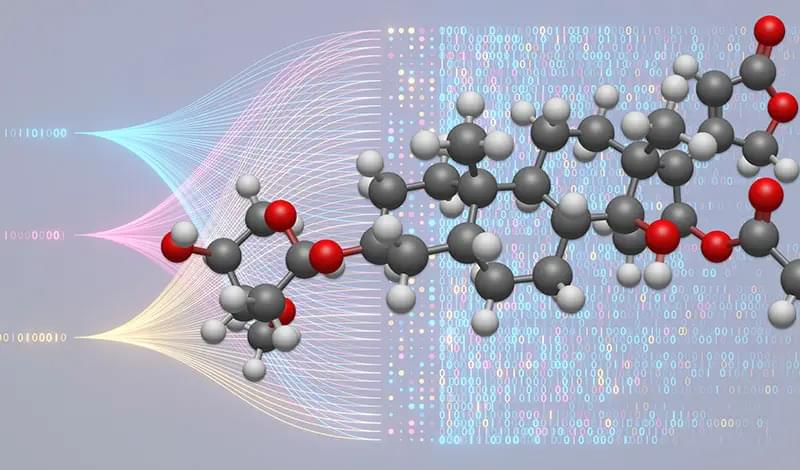Just yesterday, an unstable sunspot named AR3335 exploded, producing a solar flare that triggered blackouts over the Atlantic Ocean. The resulting solar flare was M2.5 in intensity and caused a shortwave radio blackout. Solar activity has been on the rise for the past few months, and it is expected to increase further until solar maximum, the period of greatest solar activity during the Sun’s 11-year cycle.
Solar flare risk
According to a report by spaceweather.com, NASA’s Solar Dynamics Observatory (SDO) forecasters have observed multiple streams of solar winds hurtling towards Earth from a coronal hole on the Sun’s surface, and these could reach Earth tomorrow, June 21. Moreover, a CME is also expected to deliver a glancing blow on June 22. Both these events have the potential to trigger a G1-class Geomagnetic storm. It could also result in solstice auroras at high latitudes.








